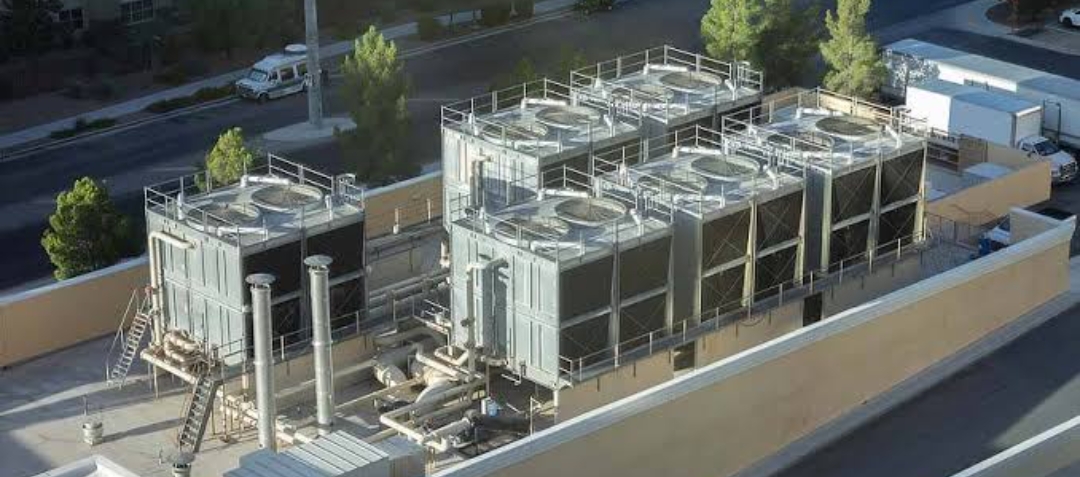In the field of contemporary architecture, maximizing the effectiveness of airflow inside structures is a top priority. Efficient airflow not only ensures comfort for occupants but also contributes to energy savings and environmental sustainability. Among the innovative solutions emerging in Australian construction, rafter-mounted mechanical platforms have garnered attention for their ability to enhance airflow efficiency. This article delves into the key ways these platforms improve airflow efficiency in Australian buildings.
Utilizing Vertical Space
Rafter-mounted mechanical platforms offer a strategic advantage by utilizing the often underutilized vertical space within a building. By mounting HVAC systems and equipment onto rafters, these platforms free up valuable floor space, allowing for better utilization of the building’s interior. This vertical placement facilitates a more direct and efficient airflow path, reducing the need for extensive ductwork and minimizing airflow resistance.
Minimizing Ductwork Length
Traditional HVAC systems often require lengthy ductwork to distribute air throughout the building, leading to increased air resistance and pressure drops. Modern rafter mounted mechanical platforms mitigate this issue by shortening the length of ductwork required. By positioning HVAC equipment closer to the point of use, these platforms reduce the distance air must travel, thereby minimizing energy losses and improving overall airflow efficiency.
Enhancing Airflow Directionality
One of the key advantages of rafter-mounted mechanical platforms is their ability to facilitate more precise control over airflow directionality. By strategically positioning HVAC equipment at elevated levels, these platforms enable airflow to be directed more effectively towards specific areas within the building. This targeted airflow distribution ensures that conditioned air reaches its intended destination with minimal wastage, enhancing overall comfort and energy efficiency.
Optimizing Airflow Patterns
Rafter-mounted mechanical platforms allow for greater flexibility in designing airflow patterns tailored to the unique requirements of each building. Engineers can optimize the placement of HVAC equipment to create efficient airflow loops that circulate air evenly throughout the space. This optimization prevents stagnant air pockets and ensures uniform temperature distribution, enhancing occupant comfort and reducing energy consumption.
Improving Ventilation Effectiveness
Maintaining interior air quality and enhancing occupant health and well-being depend heavily on effective ventilation. Rafter-mounted mechanical platforms contribute to improved ventilation effectiveness by facilitating the integration of ventilation systems with HVAC equipment. By positioning ventilation outlets strategically along the rafters, these platforms ensure that fresh air is distributed efficiently throughout the building, while stale air is expelled promptly, enhancing indoor air quality and comfort.
Facilitating Zoned Heating And Cooling
Rafter-mounted mechanical platforms offer a practical solution for implementing zoned heating and cooling systems within buildings. By dividing the building into distinct zones and installing separate HVAC units on rafter-mounted platforms for each zone, it becomes possible to tailor temperature settings to the specific needs of different areas. This zoning capability allows for more efficient energy usage by only conditioning spaces as needed, thereby reducing overall energy consumption and improving airflow efficiency.
Enhancing Maintenance Accessibility
Another crucial benefit of rafter-mounted mechanical platforms is their contribution to enhancing maintenance accessibility. By elevating HVAC equipment onto these platforms, maintenance personnel gain easier access to perform routine inspections, repairs, and servicing. This accessibility reduces downtime associated with maintenance tasks, allowing for more efficient operation of HVAC systems. Additionally, by facilitating regular maintenance, rafter-mounted platforms help prolong the lifespan of HVAC equipment, ensuring consistent airflow efficiency over time and minimizing the risk of unexpected breakdowns.
Conclusion
Rafter-mounted mechanical platforms represent a significant advancement in the quest for improved airflow efficiency within Australian buildings. By capitalizing on vertical space, minimizing ductwork length, enhancing airflow directionality, optimizing airflow patterns, improving ventilation effectiveness, and facilitating zoned heating and cooling, these platforms offer a holistic solution for enhancing indoor air quality, occupant comfort, and energy efficiency. As Australian construction continues to evolve, rafter-mounted mechanical platforms are poised to play an increasingly integral part in shaping the future of sustainable building design and operation.

